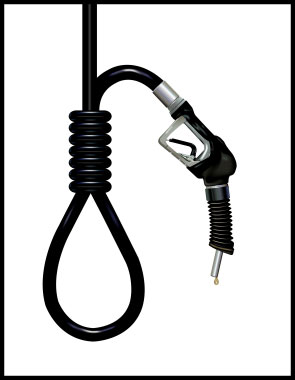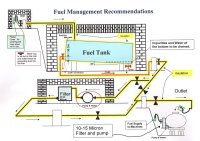

Dear Al Shirawi Enterprises (ASE) customer
In this final installment I’ll show you why it is more economical to use genuine brake parts. I’ll also summarise what I’ve talked about in this series of posts.
I know the pressure you are under to keep costs down. But, while that set of fake brake drums which costs less than genuine ones may seem tempting, they will need replacing sooner.
And, more importantly, they could even put your driver and other road users in great danger due to poor performance. It is one of the biggest gambles you can take and could in the end cost you the entire truck or even worse, loss of life.
The brake parts that we use at ASE have been made specifically for our vehicles. If they are fitted by our technicians, they will work as they should.
While buying genuine parts is very important, you can do a lot to save wear and tear on your brakes with a few simple adjustments that will improve your cost per kilometer.
- Speed. It sounds like child’s play but many drivers will not have thought about the impact of speeding on their brakes. Speeding without reading the road ahead often results in harder braking and more wear and tear.
- Distance. In Dubai it is very common for drivers to be very close to the vehicle in front. The idea is to use the “drag” from the other vehicle to save some fuel. However, the driver will not have time to react if the truck in front needs to brake hard suddenly.
.
The four-second rule: It is generally recommended to keep a four-second gap with the vehicle in front. This will enable the driver to modulate the speed and avoid a lot of unnecessary braking, saving both fuel and brakes. Importantly the risk of accidents will drop significantly.
.
.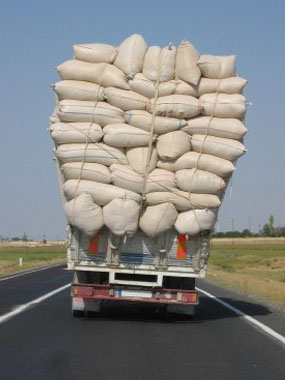
- Load. Over-loading your truck might seem necessary when the pressure is on you to deliver, but you need to bear in mind that collisions are far more likely because your vehicle will have a longer stopping distance.
.
If it does stop on time, you will have had to brake harder to achieve it, resulting in increased wear and tear. - Trailer. Whenever a tractor arrives in our workshop with premature brake wear, my first question is always: “Where is the trailer?”
.
In all cases so far, the trailers have had poor brakes or in some cases no brakes at all. That is quite scary knowing that these trucks often have a Gross Combination Weight in the area of 110 tons and are driven at speeds above 100 km/h. Instead of braking on six axles, the tractor unit will have to stop the entire load. - Brake balancing. I strongly recommend that you get the brake system between trailer and tractor head properly balanced to ensure they work well together.
.
Any mismatch could lead to extended brake distance, increase brake wear or at worst “jack-knifing”. Our technicians are trained to do this. Call our workshop and get it done.
In Summary
This is what we have covered in this series of posts:
- Take care of your drivers and you could save up to AED25,000 per 100,000km.
- Be aware of high idle time. Trucks in Dubai are known to spend up to 65 per cent of their engine running time on idle. Fuel waste and engine wear and tear are doubled because of this.
- Make sure you buy proper fuel, store it well and use genuine fuel filters for efficient engine performance, lower fuel consumption and longer engine life. Proper additives can also help.
- Use proper air filters and importantly, don’t clean them daily. This saves on engine wear, fuel consumption and vehicle performance.
- Using proper oil that is stored, filled and filtered correctly will improve component life and performance.
- Preventive maintenance and repairs can save up to 90 per cent of the cost of breakdowns.
- Taking proper care of your tyres could lead to savings of up to 30 per cent on your tyre cost.
- Implementation of proper daily inspections can reduce unplanned stops by up to 70 per cent.
- ASE offers maintenance agreements that can be tailor made for your needs. They will keep your truck on the road longer and lead to major operational savings.
- Look after your trailer to avoid costly stops, accidents and reduced vehicle performance.
We hope that you have found this information valuable. If you have any questions or want further information on how ASE can help to improve your total profit from vehicle ownership, don’t hesitate to contact me or any of the other members of our After Sales team.
Wishing you More Time on the Road
with Al Shirawi Enterprises (ASE)
Lars Möller, General Manager, After Sales


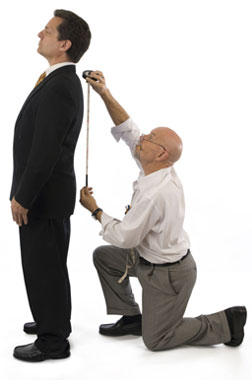


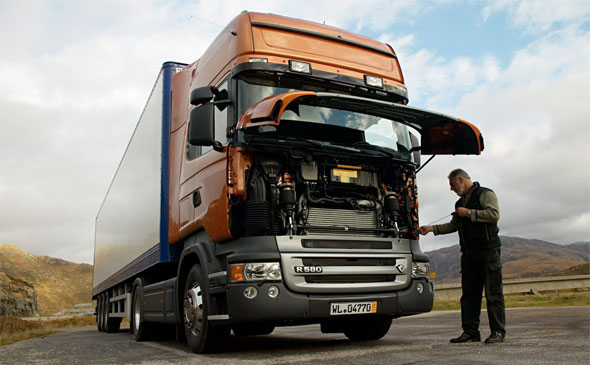
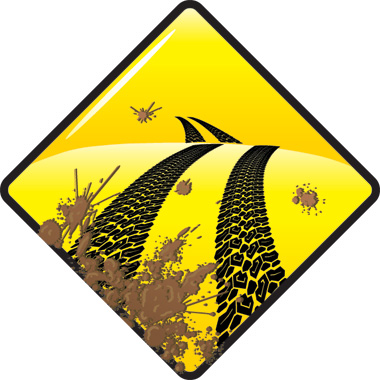
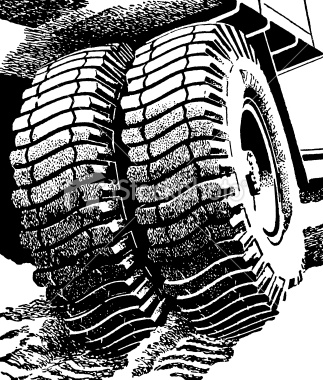 This is a major issue here in the UAE. You should ensure proper wheel alignment takes place at least once every six months.
This is a major issue here in the UAE. You should ensure proper wheel alignment takes place at least once every six months.


